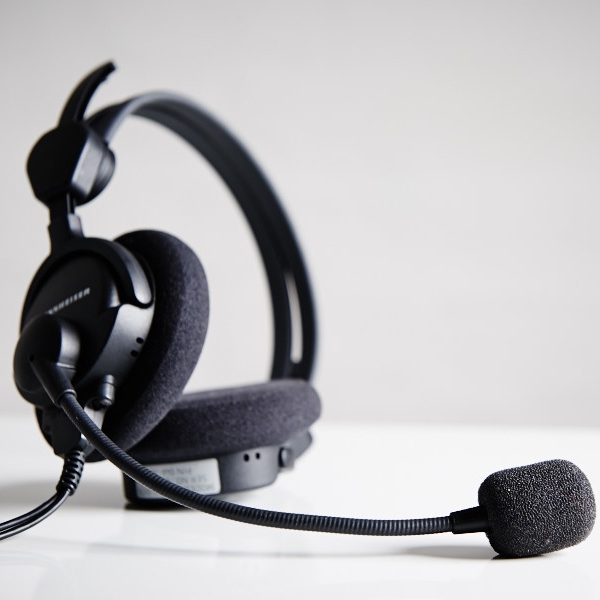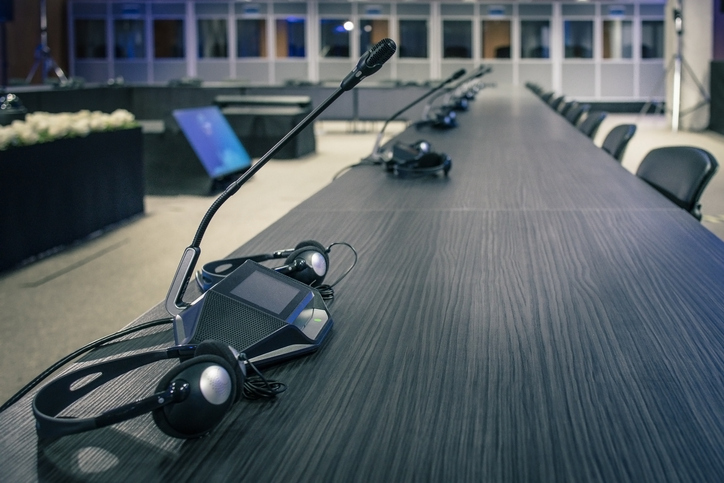Both simultaneous and consecutive interpreting require maximum concentration. Studies have shown that the ability to concentrate decreases significantly after 30 minutes. This is why interpreters often take turns at face-to-face events after these 30 minutes. But: As so often in life, the same applies here. That depends. In a highly technical conference, there are sometimes changes after 20 or even 15 minutes. The higher the degree of technicality of an event, the higher the speaking speed is often. When experts speak in front of experts, all details and aspects should of course be covered in the speaking time.
At online events or events where one or more speakers are connected virtually, interpreters often change after just 15 minutes. After 18 months of the pandemic, we are of course still excited about the technical possibilities offered by video conferencing. However, we have all experienced the phenomenon that is often referred to as “zoom fatigue” at least once.
During video conferences, there is sometimes an offset between sound and image, even if it is only minimal. Speakers (unfortunately) often use unsuitable microphones (built-in laptop microphone, wireless microphones, etc.), can be heard with ambient and background noise or have an internet connection that is too weak. The brain has to compensate for all these distortions compared to spoken language in an offline setting. This causes the famous Zoom fatigue, from which interpreters are of course not immune.
For these reasons, both simultaneous and consecutive interpreters usually work in teams of 2 or more interpreters. Every setup is different, which is why we at Klemke Language Services always advise our customers on an event-specific basis. If you would like to send us an inquiry,
simply click here
.








Leave A Comment